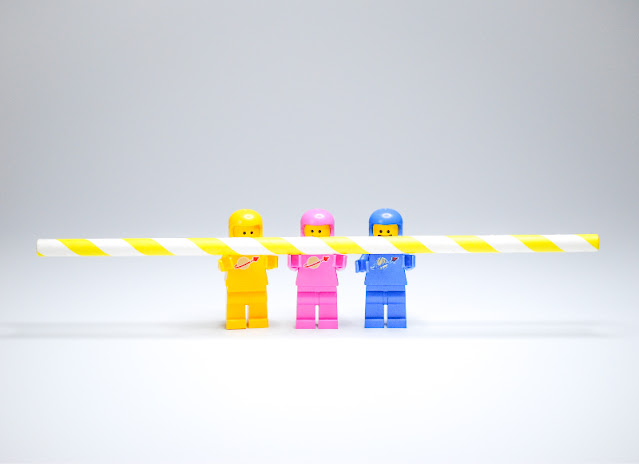 |
| Image by Hello I'm Nik | unsplash.com |
There are solid lists and words of advice out there on what makes a collaboration successful or how to be a co-author. I’m not seeking to recreate or evaluate that sort of guidance here. Rather, I’d like to take a moment during this Academic Writing Month (AcWriMo) to acknowledge the joys of writing together. Partly because, when I reflect on my own experiences, it’s not always the publications that stay with me, as much as I still cherish some of them, it’s the enduring and very human connections that come from collaborating on writing and research.
When I look back, the thrown-in-the-deep-end collaborative situations from early on in my career bore almost no resemblance to any of the sound suggestions that circulate about developing good co-authorship practice! Like many academics not long out of PhD studies, I’d picked up work on someone else’s project. The team chose me, so ‘choosing your co-authors wisely’ wasn’t exactly an option. There was almost no discussion of deadlines, writing practices, or processes.
But I learned a lot, and much of what I learned was not at all what I’d expected.
Yes, the various practical elements that are frequently mentioned in discussions of co-authorship were part of my experience. The benefits of splitting the workload, greater motivation to meet deadlines, sharing ideas and skills, reaching new audiences, and critically reflecting on one’s own approach were all evident. What really struck me was the way that these processes could change my feelings about writing. I’d never had someone else to tackle reviewer comments with and it turns out it’s really nice to be able to rant about Reviewer 2 with someone who's just as invested in the paper as you are. Troubleshooting revisions together is not only more effective, it’s generally far more pleasant than drawing up a table of responses on your own. It’s quite wonderful to have at least one other person to share in the buzz of publication, or the commiserations of rejection.
Sometimes, the joys can be anticipated. It is validating to collaborate and publish with someone whose work you have admired for years. It is more fun to write with people who have become friends as well as colleagues than to write alone. But did I know how good it would feel to have worked with someone for so long, and to know their writing so well, that I smile every time I edit a draft with ‘nevertheless’ repeatedly overused? No, reader, I did not.
Styles of collaboration are varied and so are our levels of connection through that collaboration. There are differences by discipline and individual preference and also across projects and papers. I’ve written manuscripts where I’ve only exchanged a few emails with a co-author from start to finish. Others were done through regular online meetings and lights-up-like-a-Christmas-tree-levels of track changes.
One paper in particular was done while I sat with a group of close collaborators, writing – almost in its entirety – a manuscript from a co-author’s kitchen table. That paper stays with me most, especially because it was written over the worst of the pandemic in Melbourne, between lockdowns. I’m convinced that I would never have written anything about that data set if left to my own devices during that highly disrupted time, but our sessions together were about more than productivity. They became a welcome source of solidarity and comfort. Debates about analysis, structure, and style were punctuated by cups of tea, slices of pizza, long silences of concentration, and lots of laughter. I can’t recall a time when I’ve so looked forward to writing or a time when I’ve been so consciously grateful that this kind of activity can actually be part of the job.
Not all experiences are so soul-nourishing, of course, and most researchers have at least one horror story about the challenges of co-authorship from some point in their careers. At its best, however, this kind of collaboration is a beautiful reminder that, despite the treadmill of rankings and the increasingly automated publishing systems that surround us, we can find meaning and connection with each other, providing inspiration, care, and empathy.
We’re not always afforded the time or space to say ‘thank you’ to colleagues and co-authors in the way we might like – but expressing that appreciation is going to be one of my goals this AcWriMo, and you might like to join me.
Welcome to a month of celebrating writing! This post is simultaneously published on the Research Whisperer blog for #AcWriMo (Academic Writing Month).
Dr Meagan Tyler is a Senior Lecturer in research education and development with the RED (Research Education and Development) team at La Trobe University, Melbourne, Australia.
Her interdisciplinary research work has focused mostly on analysing gender inequality and violence against women across a range of social, organisational and policy contexts. She’s passionate about public engagement and building better universities.
Meagan tweets from @DrMeaganTyler.

Comments